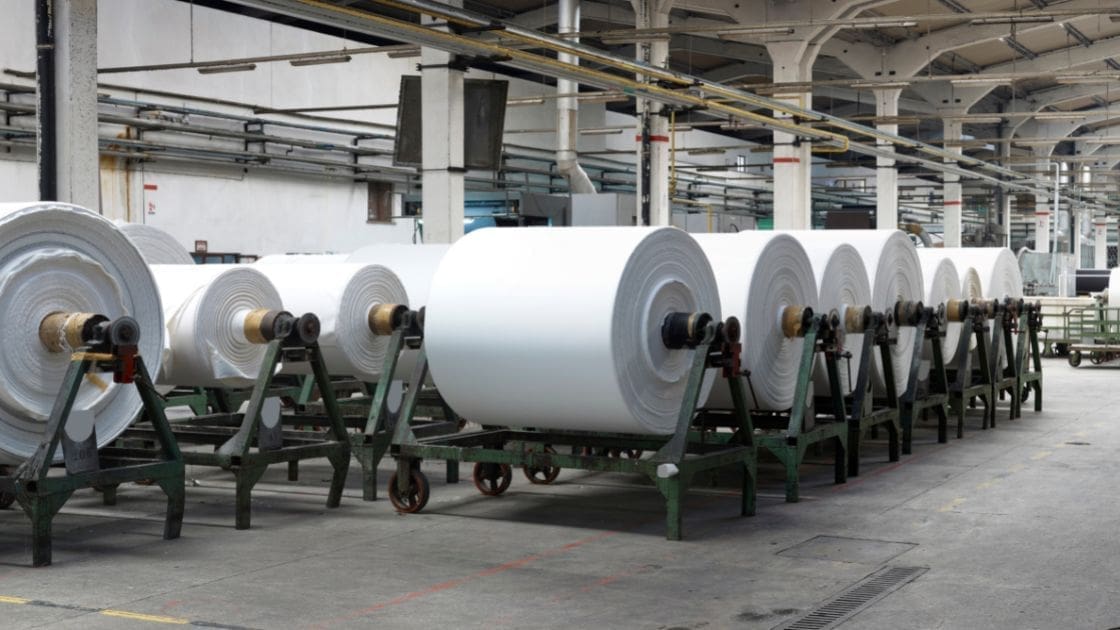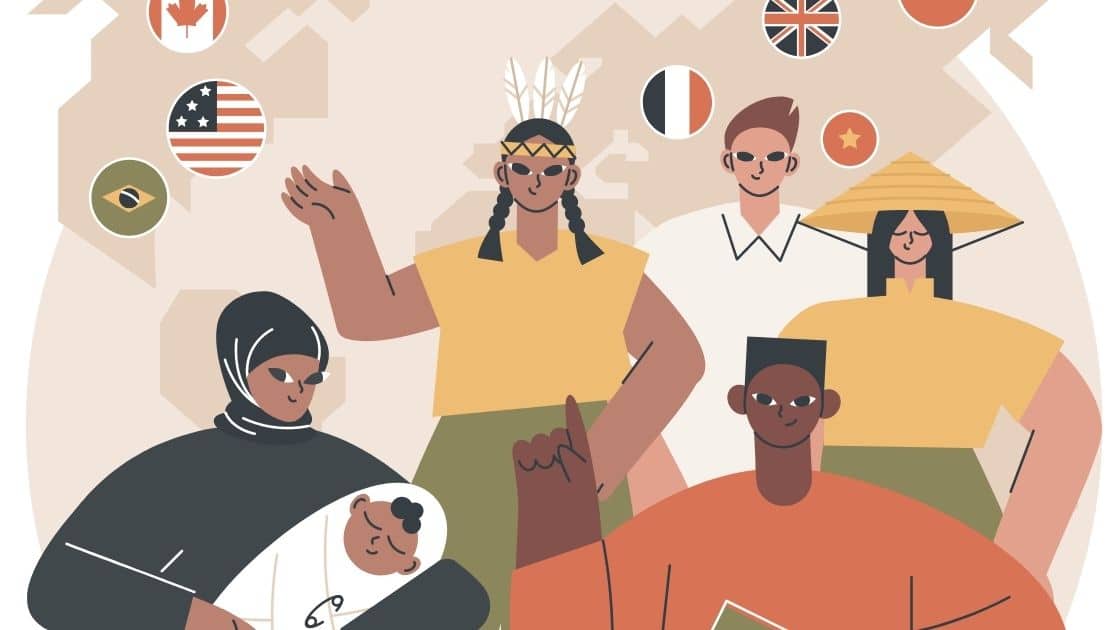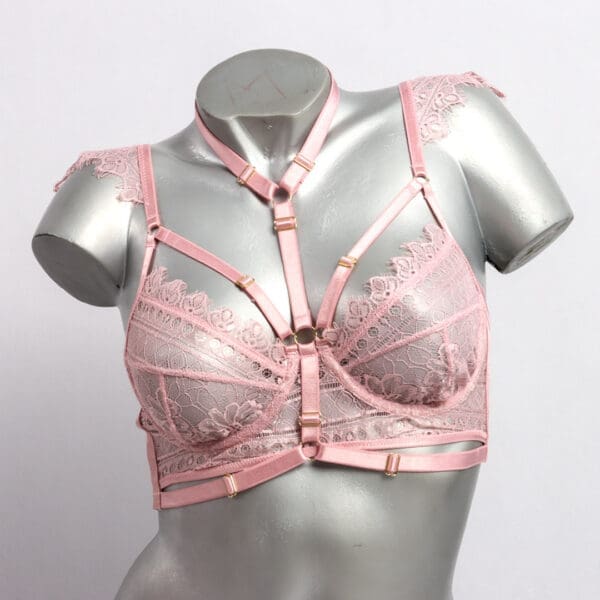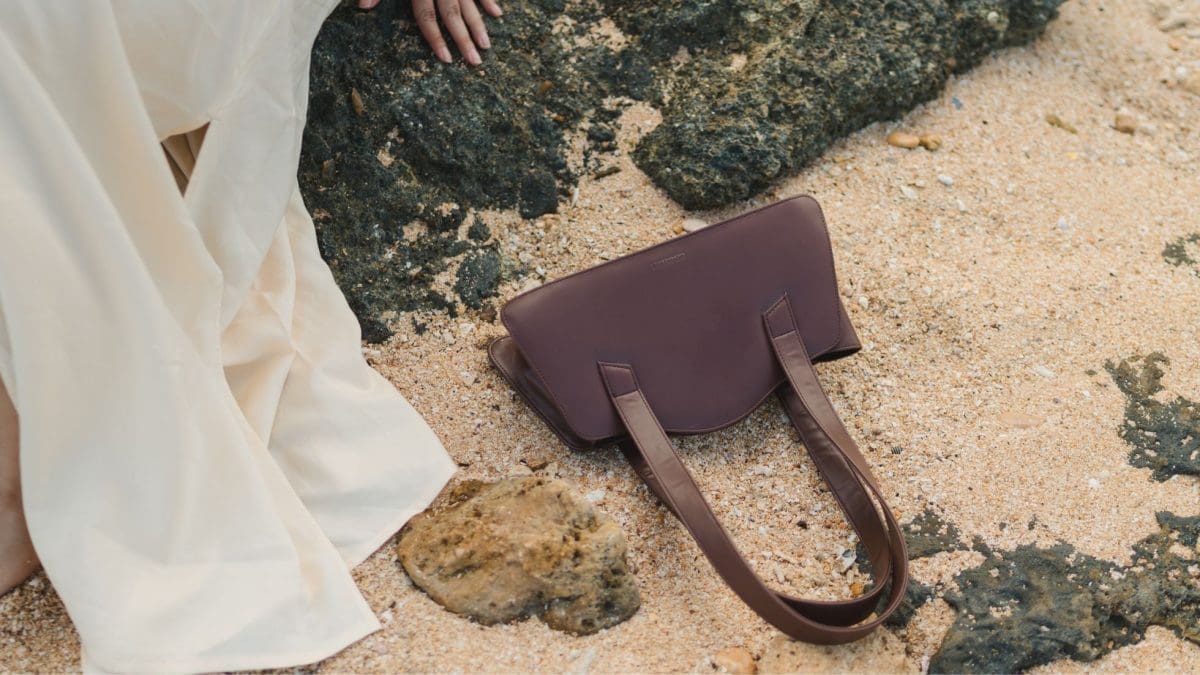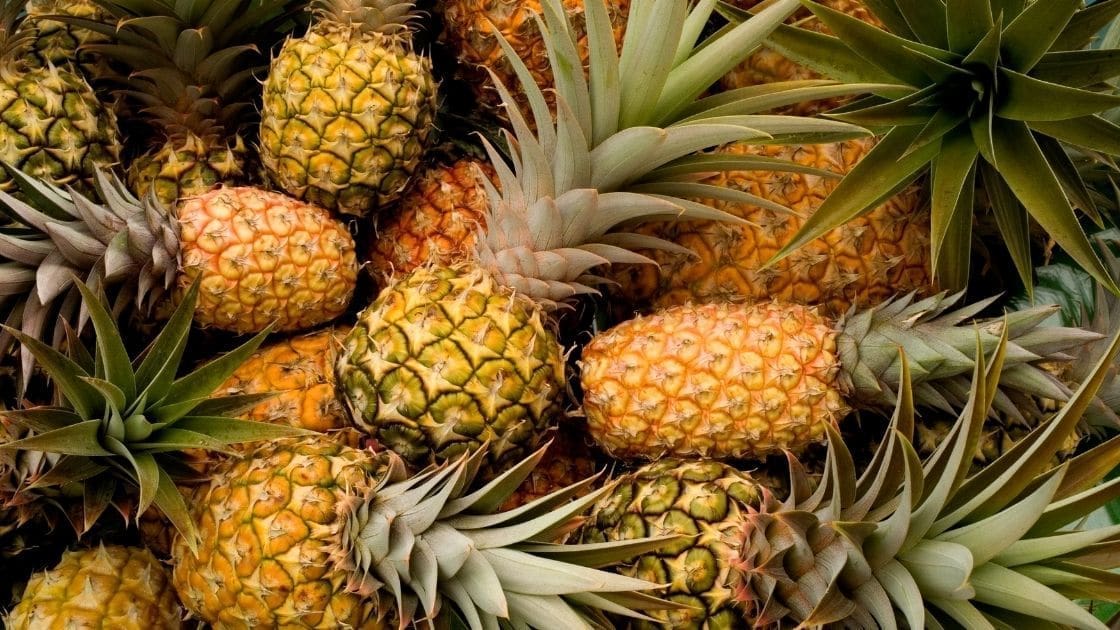Most people know a bit about where most clothing is made, but what about the fabric itself? Where are fabrics made?
You probably know where your clothes are made—but have you ever wondered where the fabric itself comes from? It’s a good question, and the answer spans the globe. Some of the biggest players in fabric production include China, India, and Pakistan, countries known for their strong textile industries. Others like South Korea, Indonesia, Bangladesh, Vietnam, and Turkey also play major roles.
In recent years, fabric manufacturing has evolved with new demands. These days, you’ll find performance fabrics for athletic wear, technical textiles for industrial uses, and sustainable fabrics made from recycled or natural materials. These often come from places like the United States, Europe, and Japan, where there’s a strong focus on innovation and responsible production.
The global textile supply chain is a complex web. Where a fabric is made depends on things like the fiber type, labor costs, technology, and availability of materials.
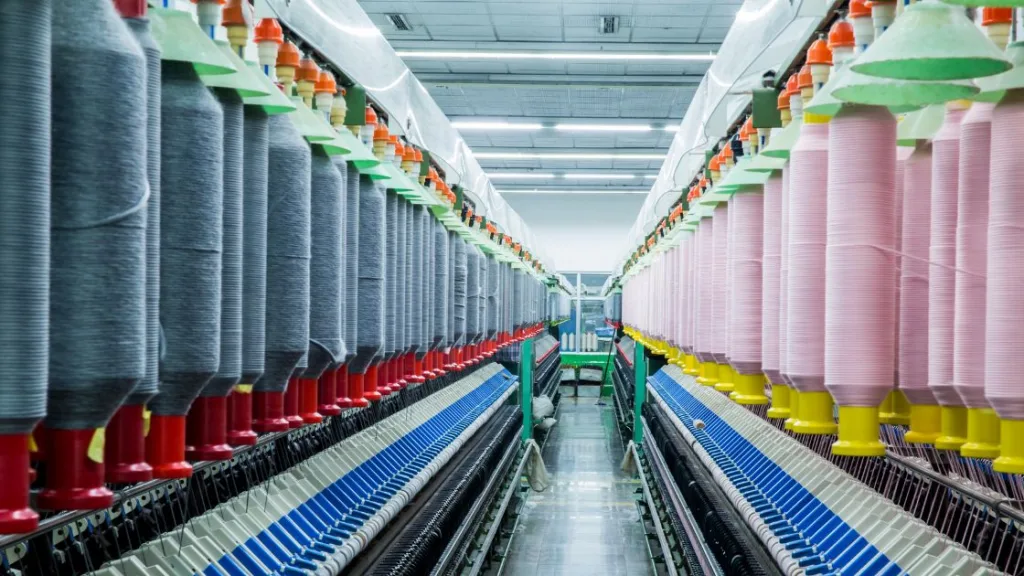
What type of factory makes fabrics?
Fabric starts its journey in textile factories, also known as mills. The process is called milling, and it’s made up of a few key steps:
- Spinning: Turning raw fibers like cotton or wool into yarn.
- Weaving or Knitting: Using yarn to create fabric.
- Finishing: Adding color, texture, or treatments like waterproofing.
Some factories focus on natural fibers like cotton, wool, or silk, while others work with synthetics such as polyester and nylon. More recently, a new wave of factories are embracing sustainable practices—think low-water dyeing, chemical recycling, and closed-loop systems that minimize waste.
Cutting-edge technologies like 3D knitting, digital weaving, and even lab-grown textiles are also making waves. These approaches not only reduce waste but also open up new creative possibilities. You’ll often find them in advanced facilities in the EU, U.S., and Japan.
Which country produces the most fabric?
If you guessed China, you’re right. As of 2023, China produces about 38% of the world’s textiles. With massive production capacity and a fully integrated supply chain, China covers everything from basic cotton to high-tech materials.
So why is China the global leader in fabric production?
There are a few key reasons:
- Economic scale: China’s industrial sector has been built for large-scale manufacturing. Its infrastructure, workforce, and capital investment allow it to produce fabrics at unmatched volumes and competitive costs.
- Government support: China’s government has long supported the textile industry through subsidies, investment in industrial parks, and incentives for exports.
- Supply chain integration: China has a fully integrated supply chain—from raw fiber processing to fabric finishing to garment manufacturing—making it faster and more efficient to turn raw materials into finished goods.
- Global partnerships: Chinese textile companies supply fabric not just domestically, but to brands and factories worldwide, maintaining strong trade relationships with major clothing-producing countries.
In fact, even when garments are made elsewhere—such as in Bangladesh, Vietnam, or Mexico—the fabric itself is often sourced from China. This is because many apparel-producing countries lack the infrastructure or scale to mill their own textiles affordably or at high volume. Chinese mills remain the most cost-effective and reliable option, offering a vast selection of materials and finishes that other regions often can’t match.
India comes in second, known for its expertise in cotton and both traditional and modern textile production.
Other notable countries include:
- South Korea – A major exporter of high-value, specialty textiles such as performance and technical fabrics. In 2023, South Korea exported approximately $1.29 billion worth of textiles to the U.S., making it one of the top non-China suppliers (OEC). Its success comes from advanced manufacturing, strategic trade agreements like KORUS, and investment in innovation-focused materials (USITC).
- Pakistan – Strong in cotton processing and value-added fabrics.
- Bangladesh – Rapidly expanding its textile sector, especially for ready-to-wear fabric.
- Turkey – A go-to source for high-quality knits and woven fabrics, especially in Europe.
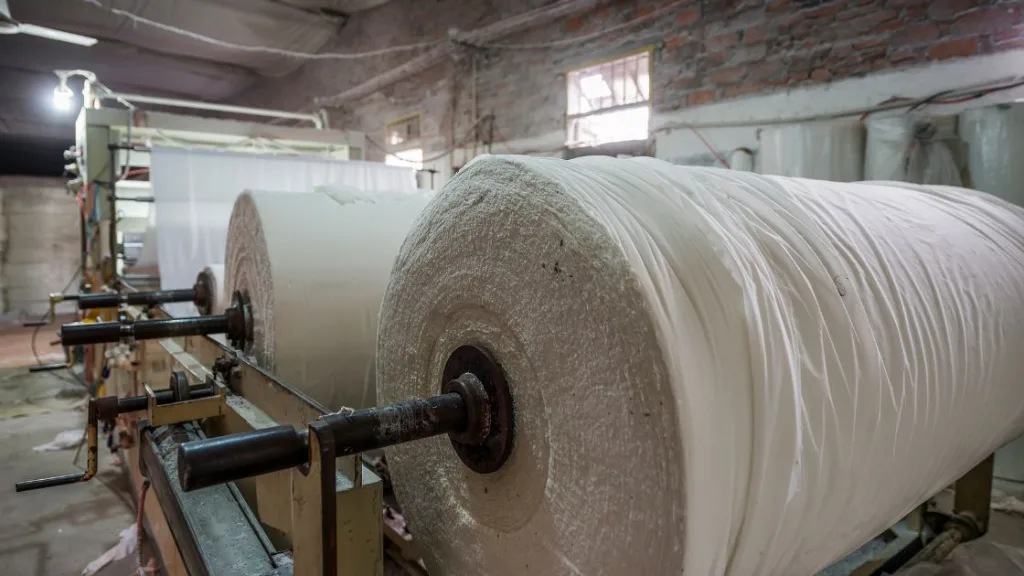
Which country exports the most fabric to the USA?
As of the latest data, the top fabric exporters to the U.S. are:
- China
- India
- Pakistan
Together, they account for about 75% of the U.S.’s raw fabric imports, according to trade reports from the U.S. Office of Textiles and Apparel (OTEXA) and UN Comtrade (UN Comtrade). Their dominance is no surprise—they offer competitive pricing, large-scale production, and long-standing trade routes. But there’s growing interest in nearshoring and eco-friendly sourcing, which is giving a boost to suppliers in Mexico, Central America, and South Korea.
Final Takeaways
Understanding where and how fabrics are made sheds light on just how complex—and global—the fashion and textile supply chain truly is. From fiber to fabric to final garment, each step involves different expertise, equipment, and geographic hubs.
Here are a few key takeaways:
- Fabric manufacturing is its own industry, distinct from garment production, with unique technologies and processes.
- China remains the world leader in textile production due to its scale, integration, and infrastructure.
- Even when clothing is made elsewhere, the fabric often still comes from China.
- Countries like South Korea have carved out a niche in high-quality, performance, and technical textiles.
- The global market is shifting toward more sustainable and innovative fabric solutions, driven by both environmental and economic factors.
Whether you’re sourcing apparel or just curious about what goes into making the clothes we wear every day, knowing the origin of fabrics helps us make more informed decisions as consumers and creators.

